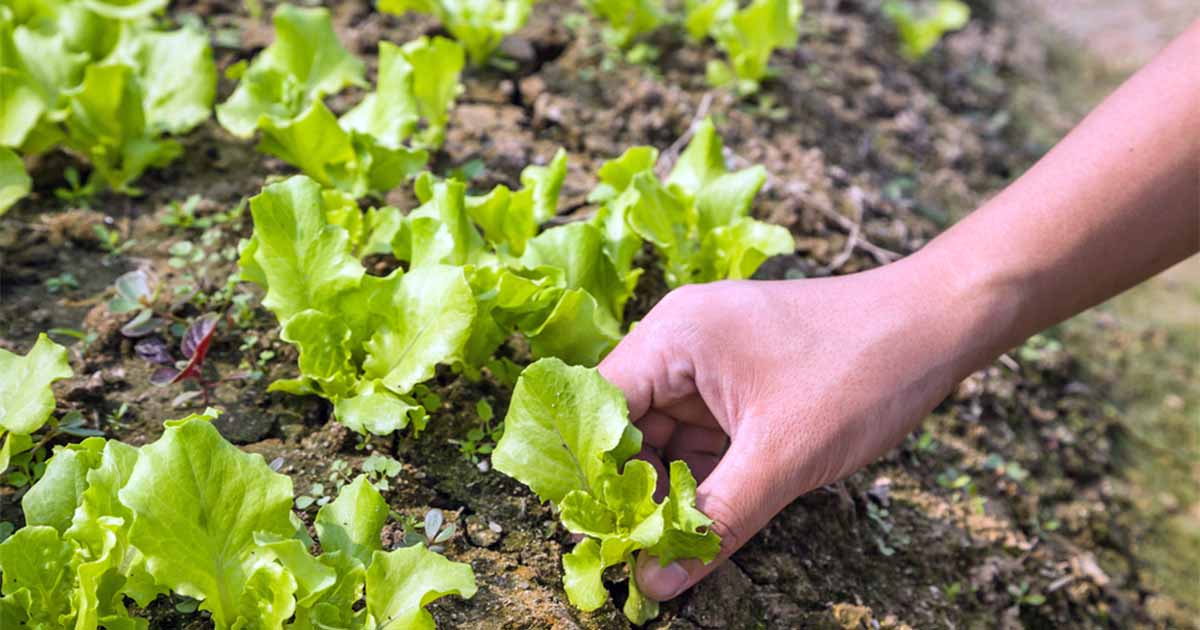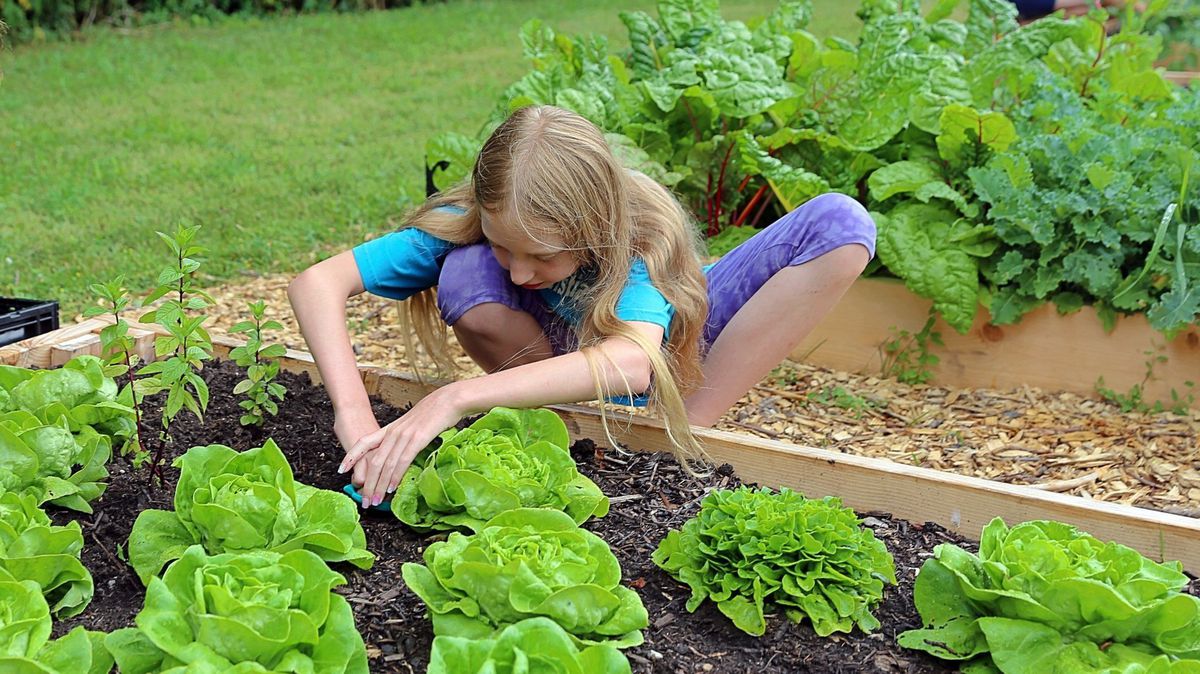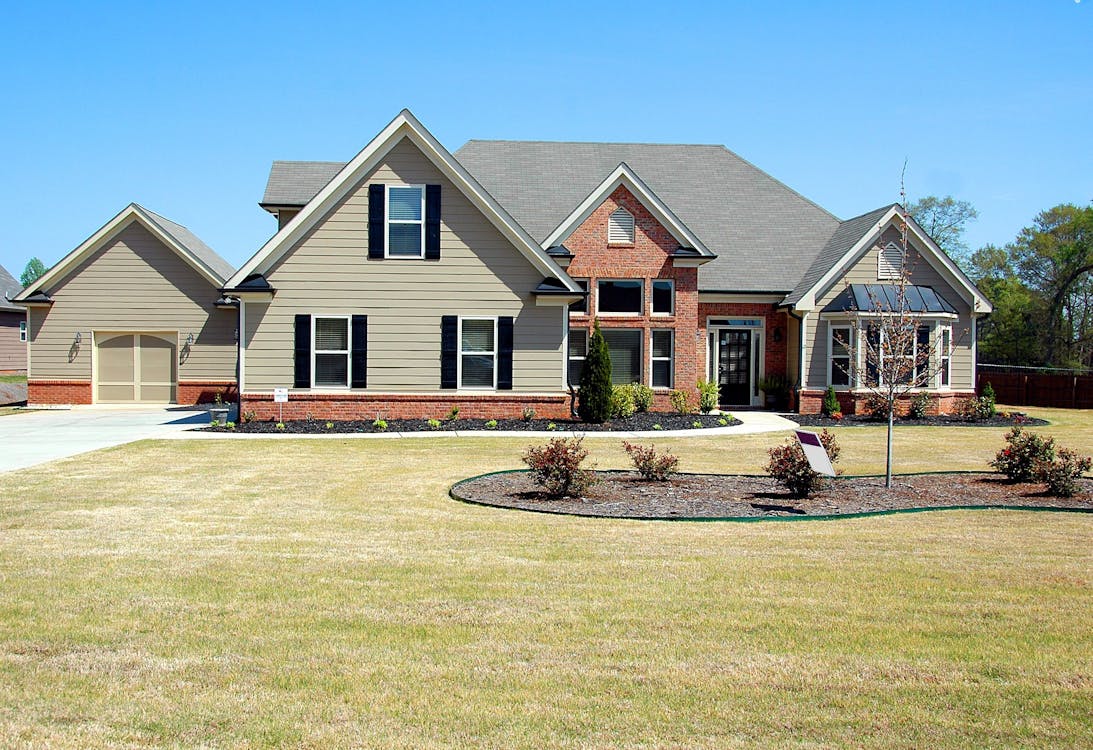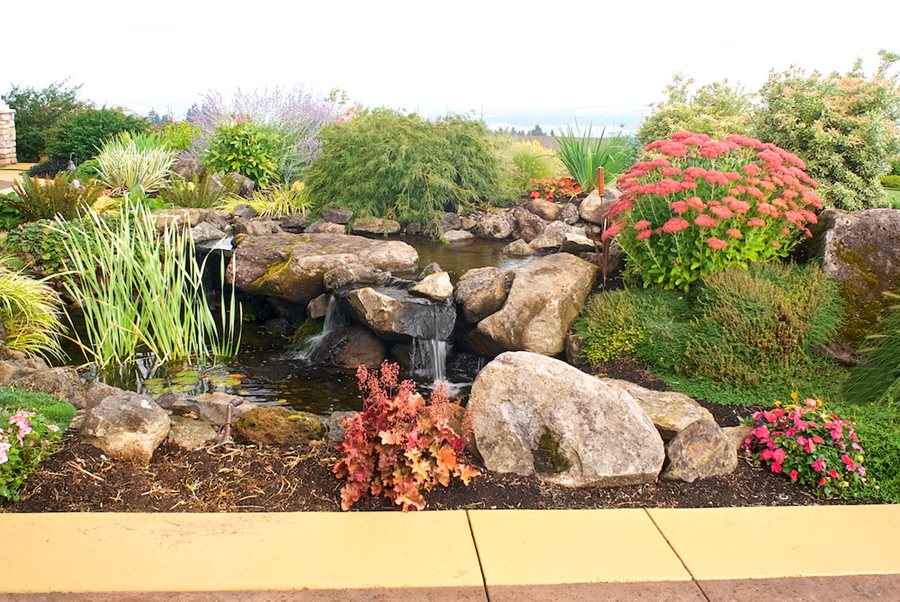Gardeners can choose from a wide variety of lettuces that are easy to grow, highly productive in a limited space, and virtually pest- and disease-free. Lettuce is definitely one of the most “no-care” crops. Lettuce is a great way to start gardening; it’s what I started with. There are a few key principles that should always be kept in mind.

Lettuce
For maximum lettuce production, it is wise to select a site where the soil drains well, but retains some moisture. This is best accomplished by working in a lot of organic matter (compost, rotten manure, or leaf mold) that loosens and enriches the soil.
Most lettuce varieties mature in 45-55 days, allowing many gardeners to plant two or even three crops. But looseleaf and butterhead leaves can be harvested at any time during their development. Head varieties take longer to mature. Romaine takes 75 to 85 days and crisphead takes 70 to 100 days.
By choosing the right varieties and with these lettuce gardening tips, you can have lettuce in your garden throughout the growing season. This lettuce is great for salads throughout the growing season. There really is nothing better than a fresh Caesar salad with fresh lettuce from the garden!
Lettuce History
Lettuce, one of the oldest food plants known to man, is believed to have originated in India and Central Asia. Even Herodotus wrote that lettuce was served in ancient Greece, and it was a favorite vegetable in ancient Rome. This is where the “Caesar Salad” comes from! In fact, the word “lettuce” comes from the Latin root “lac” meaning “milk,” referring to the milky juice found in the ripe stalks of lettuce.
Columbus and other European explorers brought lettuce seeds to the New World. Our early settlers included lettuce in the first gardens planted in American soil. Today, lettuce is a favorite vegetable here and around the world. It has revolutionized all food cultures, from hamburgers to salads.
Other tips for lettuce gardening
Lettuce is so easy to grow that it can be started indoors for initial transplants or sown directly in the garden. In fact, we recommend doing both for maximum production. Lettuce seeds are extremely small, so it is recommended to be generous when planting. It is a good idea.

Romaine lettuce
Start some lettuce seeds indoors in peat pots a few weeks before the last frost date in your area. Provide the seedlings with plenty of sunlight or keep them under artificial lighting until they are ready to be transferred to the garden. Transplant seedlings as soon as the soil can be worked in the spring. If severe frost threatens, protect seedlings with a cloche or row cover. Reserve a number of lettuce seedlings to fill empty spaces in the garden as the season progresses.
To sow lettuce directly in the garden, simply plant the seeds about 1/4 inch deep, tamp them down and water. It’s that simple! Space the seeds according to the package directions, which are based on the size of the mature lettuce. For example, a crisp head may require one square foot of garden space. Nine plants of a small leaf lettuce variety may grow in the same space.
Keep in mind that lettuce seeds won’t germinate in soil 80 degrees F. or warmer, so it doesn’t make sense to sow directly into the garden in summer. Resort to sowing heat-tolerant varieties indoors and move lettuce seedlings into the garden, preferably in partial shade, after they have developed some true leaves.
Lettuce Cultivation
Here are two growing tips to keep in mind:
Succession plantings.
Lettuce is ideal for succession planting. Sow seeds every two weeks for production throughout the season, starting with early lettuce varieties, using heat-resistant varieties as the main crop, and then switching to fall crops in late summer. Or, if you prefer, use lettuce in succession with other crops. For example, plant lettuce in the spring, followed by beans in the summer and then back to lettuce in the fall.
Irrigation.
The key to lettuce production is to provide moderate but nearly constant water, especially during hot weather. Unless there is regular rainfall, lettuce should be watered deeply at least once a week – more frequently during dry periods. Mulch with a layer of compost or clean straw to help the soil retain moisture. A drip irrigation system is ideal.
Lettuce Growing Tips
To improve overall lettuce production, consider using the following technique:
Raised beds.
To maximize lettuce production, plant seeds in raised beds. Raised beds heat up faster than the surrounding soil. You should be able to get an early start in the spring and a later harvest in the fall. Raised bed gardening is, without a doubt, the best way to grow anything out there. Its simplicity, organization, incredible fertility and results are amazing.



